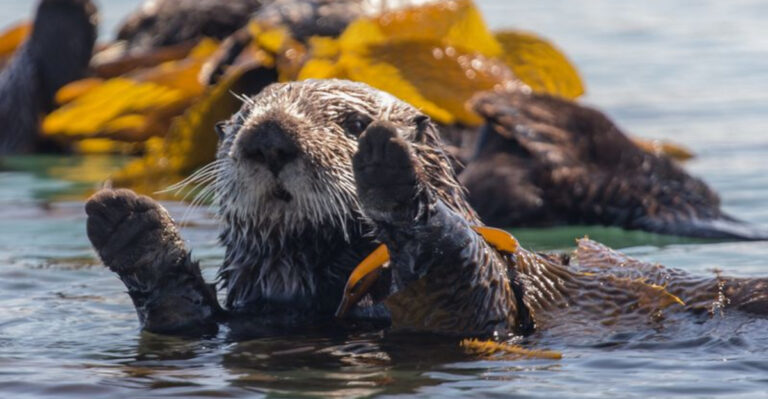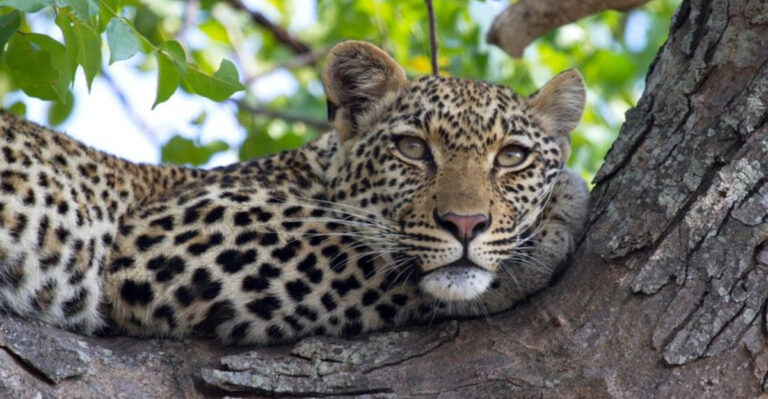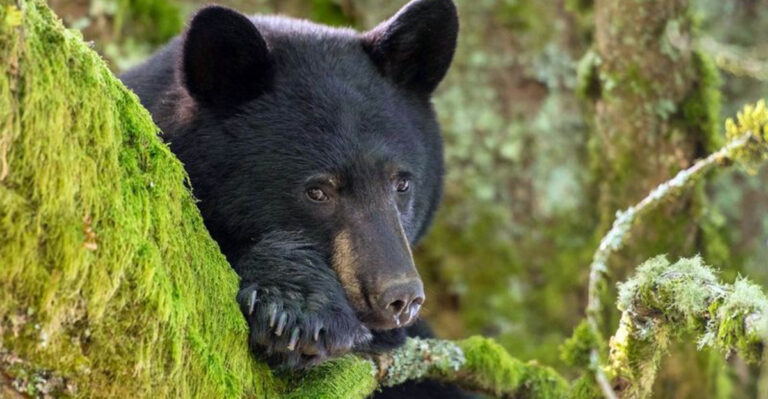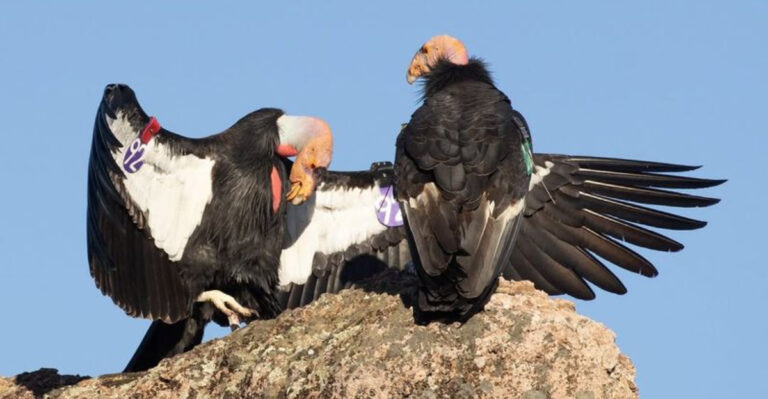12 U.S. Wildlife Species You Should Admire From A Safe Distance
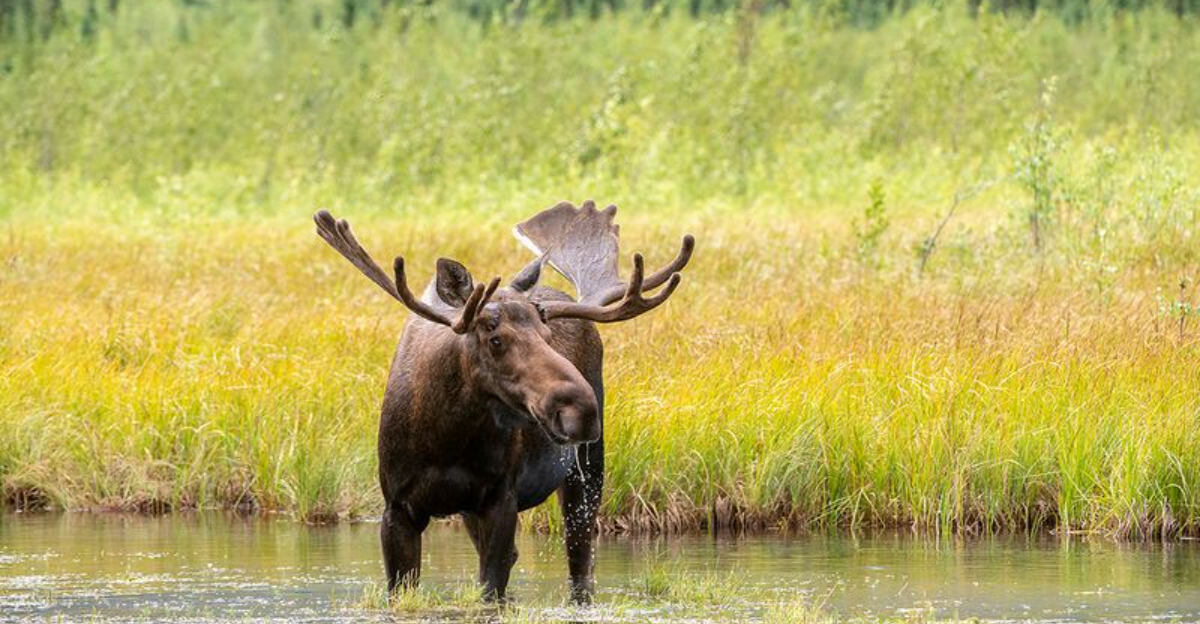
America’s wilderness teems with magnificent creatures that deserve our respect and admiration. While these animals are captivating to observe in their natural habitats, many can be dangerous when approached too closely.
Getting too comfortable around wild animals puts both you and them at risk. Here’s a look at some of the most fascinating wildlife species across the United States that are best appreciated with plenty of space between you and them.
1. Grizzly Bears
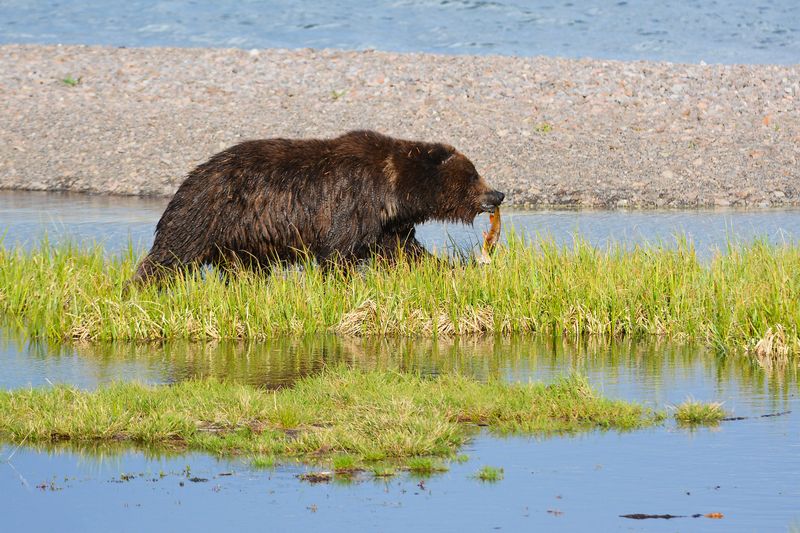
Standing up to 8 feet tall on hind legs, grizzlies command respect throughout the western United States. These massive omnivores can weigh over 700 pounds and run at speeds of 35 mph – faster than Olympic sprinters!
Mother bears with cubs are particularly protective and will charge if they sense a threat. Park rangers recommend staying at least 100 yards away and carrying bear spray when hiking in grizzly country.
Despite their fearsome reputation, these magnificent creatures spend most of their time foraging for berries, nuts, and fish rather than hunting larger prey. Their shoulder humps and dish-shaped faces distinguish them from their black bear cousins.
2. American Bison
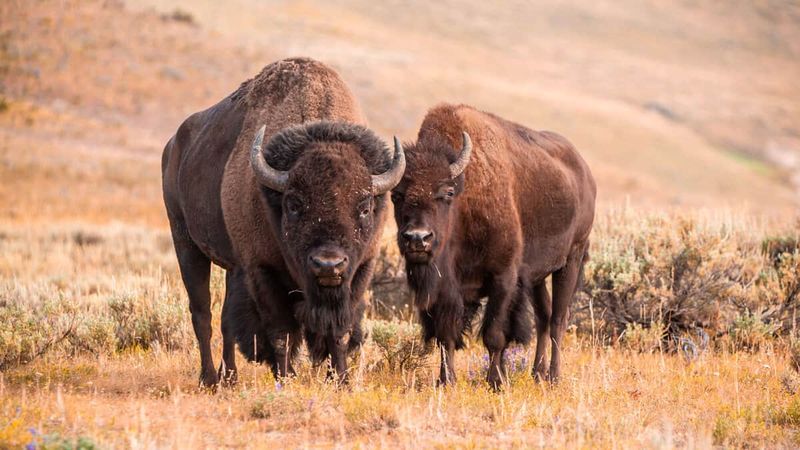
Don’t let their seemingly docile grazing fool you. Bison are surprisingly agile and unpredictable, capable of charging at 35 mph with little warning. Every year, tourists in Yellowstone suffer injuries because they underestimate these one-ton behemoths.
Male bison engage in dramatic head-butting contests during mating season, displaying both their strength and volatility. Their massive shoulders and horned heads serve as reminders of their wild nature.
Once numbering in the tens of millions across North America, these iconic symbols of the American West were hunted to near extinction. Today, conservation efforts have helped populations rebound in protected areas like Yellowstone and Theodore Roosevelt National Park.
3. Rattlesnakes
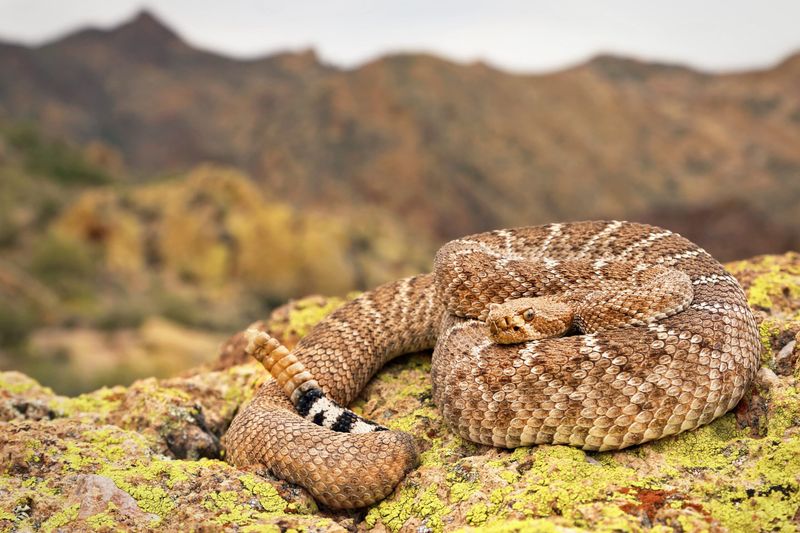
Rattlesnakes earned their name from the distinctive warning sound produced by their tail segments. Found in nearly every state, these venomous reptiles prefer to avoid confrontation, using their famous rattle to announce their presence before striking.
Heat-sensing pits between their eyes and nostrils allow them to detect warm-blooded prey with remarkable precision. Their fangs inject venom that can cause severe tissue damage, pain, and in rare cases, death if left untreated.
When hiking in rattlesnake country, stick to clear paths, wear high boots, and listen carefully. Most bites occur when people accidentally step on or reach near unseen snakes. Remember: rattlesnakes don’t chase humans – they just want to be left alone.
4. Mountain Lions
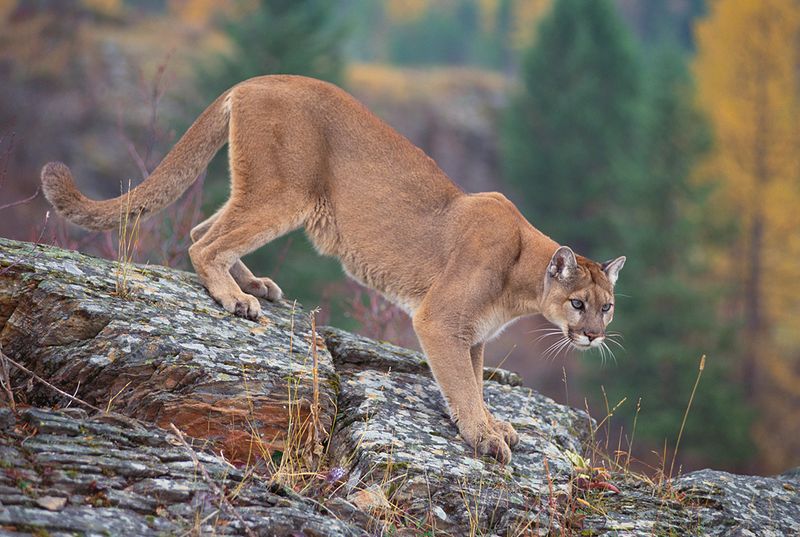
Also known as cougars or pumas, these solitary cats roam throughout western states and Florida. Masters of stealth, mountain lions can jump 15 feet vertically and pounce 40 feet horizontally, making them incredible ambush predators.
Unlike many predators, mountain lions rarely announce their presence. Hikers often pass near them without ever knowing. Their powerful jaws and retractable claws make quick work of prey ranging from deer to small rodents.
If you encounter a mountain lion, never run – this triggers their chase instinct. Instead, make yourself appear larger, maintain eye contact, speak firmly, and slowly back away. Consider yourself lucky to glimpse these elusive cats that prefer to avoid human contact entirely.
5. Alligators
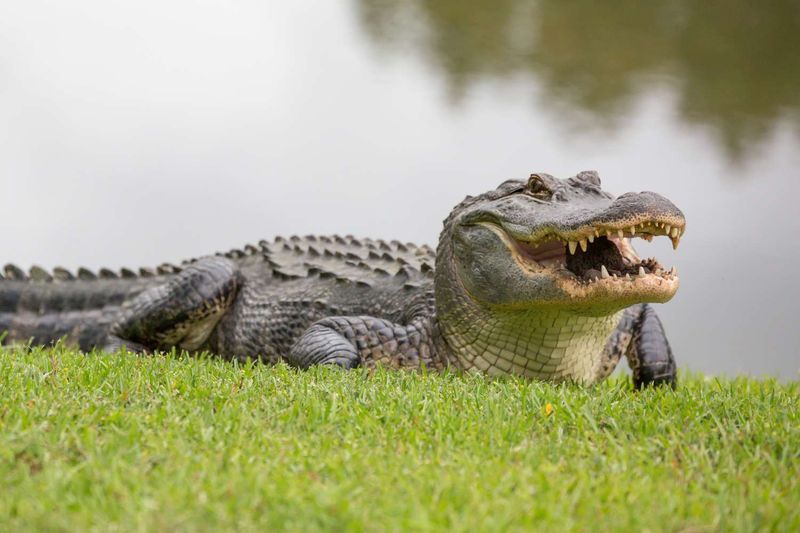
Lurking in southeastern waterways, American alligators represent living dinosaurs with ancestry dating back 200 million years. These armored reptiles can exceed 13 feet in length and possess bite force stronger than any mammal on Earth.
Female alligators fiercely defend their nests and young, sometimes charging boats that venture too close. Males establish territories through dramatic displays including water slapping, head slapping, and deep bellowing sounds that can be felt through the water.
Never swim in waters where alligators may live, especially at dawn or dusk when they actively feed. Keep pets leashed near water, as they resemble natural prey. When viewed safely from designated areas, these prehistoric creatures offer fascinating glimpses into ancient ecosystems.
6. Moose
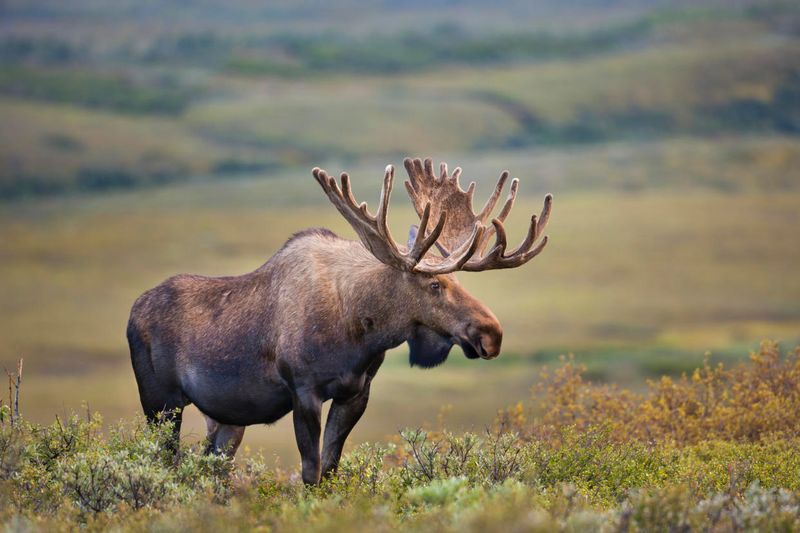
North America’s largest deer species can stand 7 feet tall at the shoulder and weigh over 1,500 pounds. Male moose grow massive antlers spanning 6 feet, which they use during fierce mating battles each fall.
Despite their imposing size, moose primarily eat aquatic plants and tree vegetation. They appear slow and awkward but can run 35 mph through forest or swamp, and even swim for miles across lakes.
Moose injure more people in Alaska than bears do. They’re especially dangerous during rutting season (September-October) and when mothers protect calves (May-June). Always give these majestic animals at least 50 yards of space – your camera’s zoom feature exists for good reason!
7. Wolves
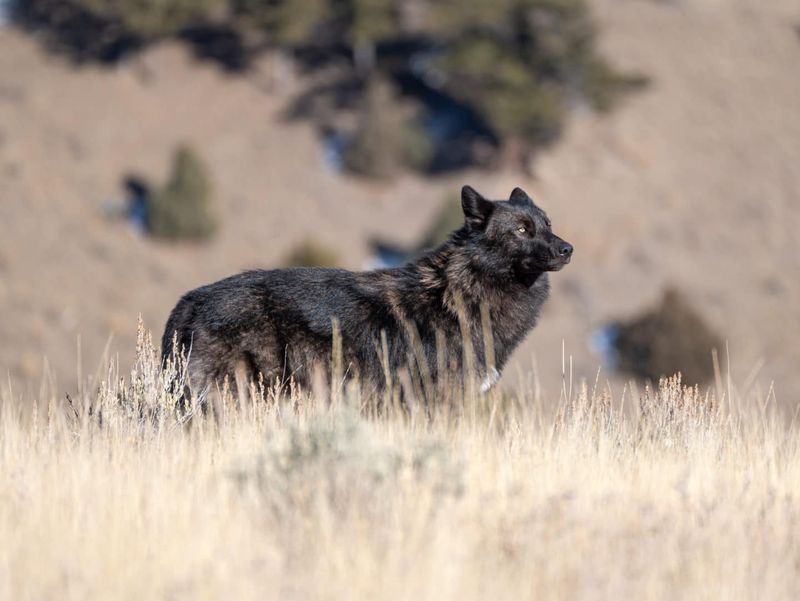
Gray wolves have reclaimed portions of their historic range across northern states after decades of conservation efforts. These intelligent canids live in tight-knit family groups with complex social structures and hunting strategies.
Contrary to fairy tales, wolves rarely pose any threat to humans. They’re naturally wary and typically flee at first sight or scent of people. Their howls – used to communicate with pack members – can carry for miles across wilderness areas.
Yellowstone’s wolf reintroduction demonstrated their vital ecological role as apex predators. By controlling elk populations, wolves triggered a cascade of positive environmental changes. Appreciate these magnificent animals through binoculars or spotting scopes from designated viewing areas in national parks.
8. Great White Sharks
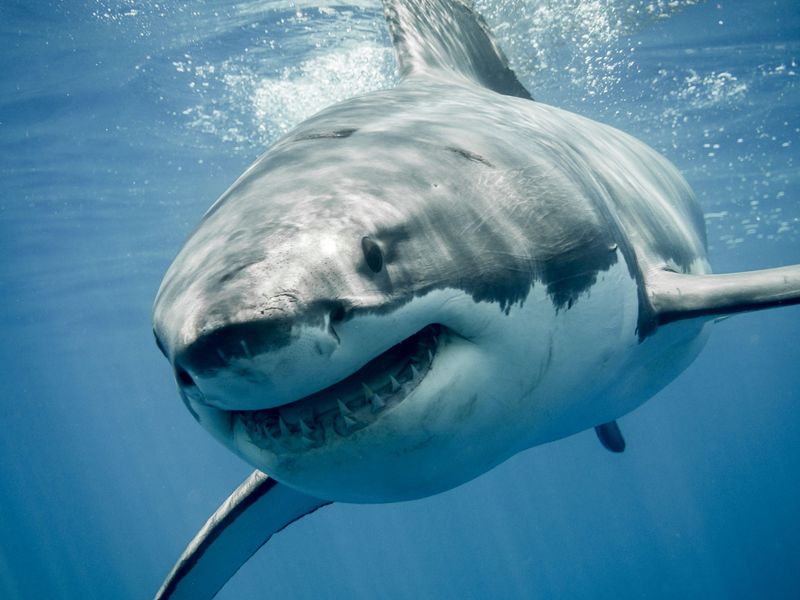
Along California’s coast, great whites patrol the waters as they have for millions of years. These perfectly evolved hunters can detect a single drop of blood in 25 gallons of water and possess multiple rows of serrated teeth that continuously regenerate throughout their lives.
Despite popular misconceptions, great whites don’t target humans as prey. Most bites occur when sharks mistake surfers for seals or sea lions. Their streamlined bodies allow them to reach burst speeds of 35 mph when ambushing prey.
Cage diving offers the safest way to observe these magnificent predators up close. Otherwise, avoid swimming at dawn, dusk, or near seal colonies. When swimming in coastal waters, remember you’re a visitor in their domain.
9. Black Bears
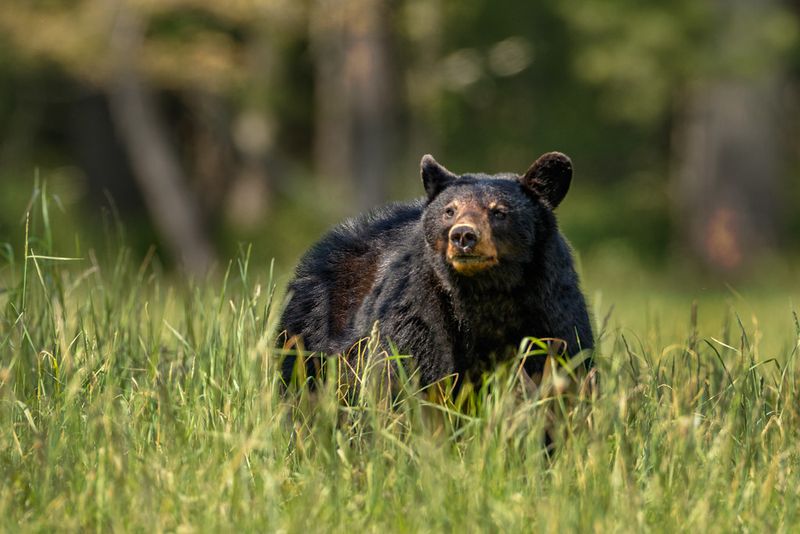
Found across most forested regions of North America, black bears possess remarkable climbing abilities and problem-solving intelligence. Despite their name, they come in various colors from jet black to cinnamon brown and even white in some coastal regions.
Excellent scavengers with powerful noses, black bears can smell food from over a mile away. This keen sense often leads them into campgrounds and neighborhoods where improper food storage creates dangerous human-bear conflicts.
While generally less aggressive than their grizzly cousins, black bears still deserve space and respect. Store food in bear-proof containers when camping, and never approach cubs – their protective mothers are certainly nearby. Remember the saying: “A fed bear is a dead bear” because habituated bears often must be euthanized.
10. Elk
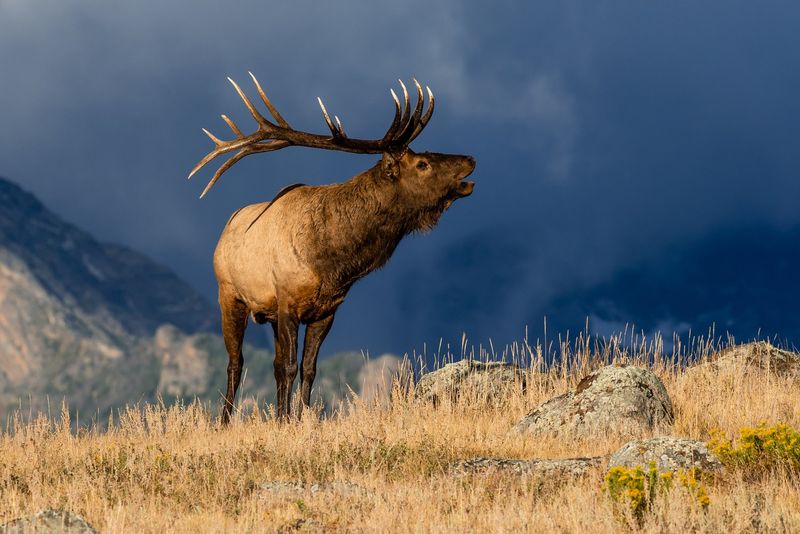
Bull elk announce their presence with haunting bugle calls that echo through mountain valleys during fall mating season. These massive members of the deer family can weigh up to 700 pounds and sprint at 45 mph through varied terrain.
During the rut, hormone-charged males become territorial and aggressive, challenging rivals and sometimes charging humans who venture too close. Their massive antlers serve as both visual displays for females and weapons against competitors.
Rocky Mountain National Park and Yellowstone offer spectacular elk viewing opportunities from designated areas. Bring binoculars and stay in your vehicle or maintain at least 75 yards distance. Dawn and dusk provide the best viewing times when elk move between forest cover and open meadows.
11. Wild Boars
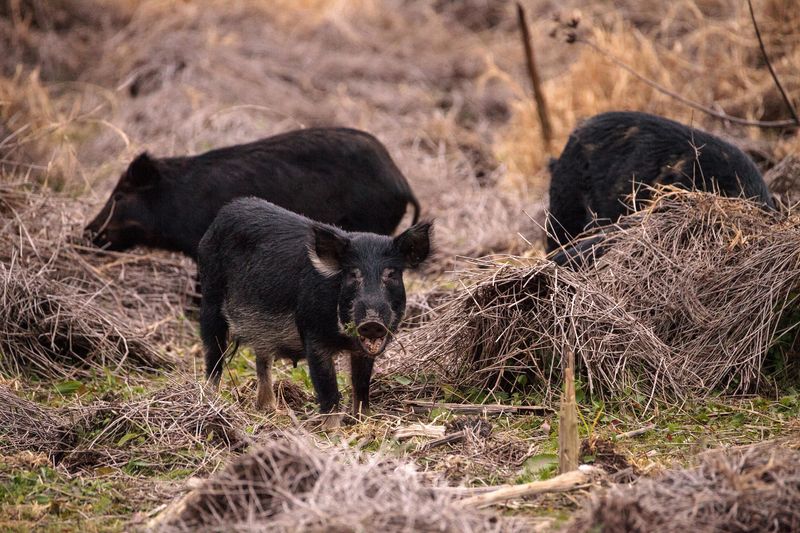
Feral hogs have exploded across southern states, causing billions in agricultural damage annually. These intelligent descendants of escaped domestic pigs and European wild boars reproduce rapidly, with sows capable of producing two litters of 4-12 piglets yearly.
Armed with sharp tusks and surprising speed, wild boars can seriously injure humans and pets. They typically avoid people but become dangerous when cornered, protecting young, or habituated to human food sources.
Weighing up to 400 pounds, these omnivores eat virtually anything – crops, native plants, small animals, even deer fawns. If you spot wild boars while hiking, give them a wide berth and keep dogs leashed. Their ecological impact has made them targets of intensive control efforts across their expanding range.
12. Polar Bears

In Alaska’s northern reaches, polar bears reign as the Arctic’s largest land predators. These specialized hunters can smell seals through three feet of ice and snow, using their incredible sense of smell to locate breathing holes where prey surfaces.
Unlike other bears, polar bears are considered marine mammals, spending much of their lives on sea ice hunting for seals. Climate change threatens their hunting grounds as Arctic ice diminishes each year.
Specialized tours in places like Churchill, Manitoba offer opportunities to view these magnificent white bears from the safety of tundra buggies. In Alaska’s Arctic National Wildlife Refuge, maintain extreme caution – polar bears actively hunt large mammals and don’t share black and grizzly bears’ wariness around humans.

